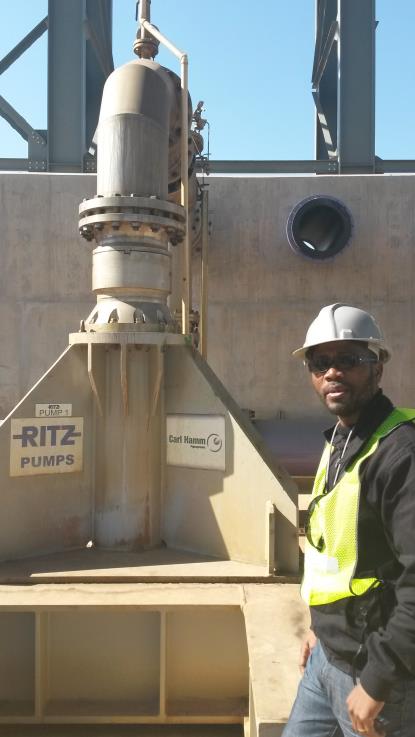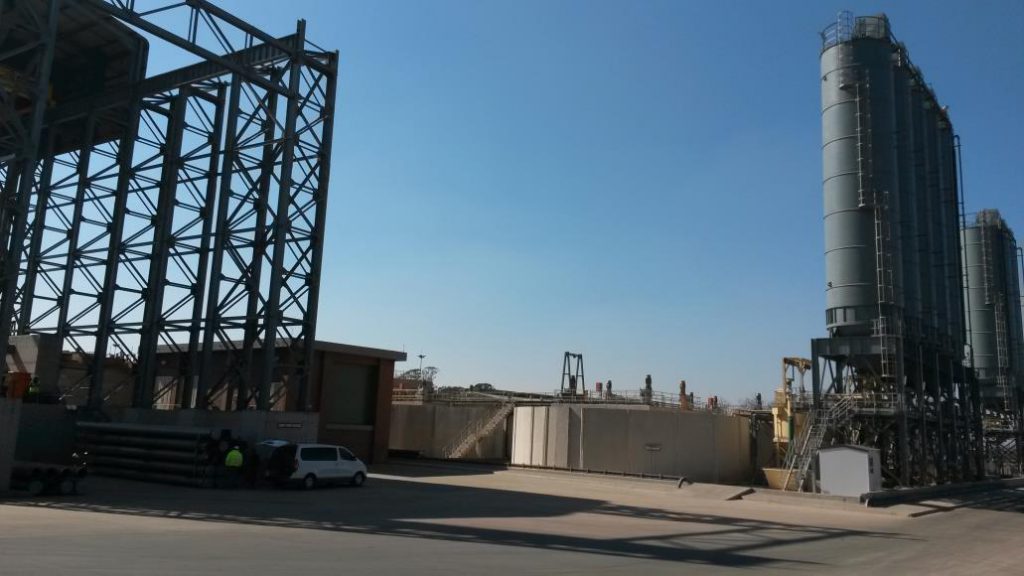
I was invited to join a team of engineers from AECOM SA Ltd on a visit to an acid mine drainage (AMD) Project in Johannesburg on 9 July 2015. The project is being implemented by the Department of Water and Sanitation (DWS) and AECOM – the company I work for – are the design engineers. While going through this project site, I came to realise that the world is indeed in need of novel solutions to the challenges facing the water sector that have the potential to bring water insecurity.
Loosely defined as the flow or seepage of polluted water from old mining areas, acid mine drainage presents some serious threats to the old gold mining town of Johannesburg and the surrounding areas. Since the discovery of gold in the Witwatersrand fields of Gauteng in the late 1880s, South Africa has, until recently, been the major producer of gold in the world.
From the late 1970s, a number of major gold mines have closed, leaving behind defunct mine tunnels, shafts, open pits, tailings and stockpiles. However, as there is always movement of water underground, the voids left by mining activities tend to be filled with water which becomes acidic due to the chemical and geochemical reactions between rock strata, wastes and oxygen.
Until 2002, acid mine drainage did not appear to be a threat to water security in South Africa. It was reported that the flooding of an abandoned mine in Randfontein, a small town west of Johannesburg, led to acid water flowing on to the surface, raising questions about the safety and security of groundwater in the entire Johannesburg region. Since this incident, a number of acid mine drainage hotspots have mushroomed although they are considered of small scale by the authorities. Examples of these cases include pollution of the Loskop dam and the Olifants River catchment. These incidents mean that farmers cannot grow crops in the affected areas.

While the serious threats of the AMD have not yet come to the fore, experts estimate that the Witwatersrand goldfield alone produces about 350ML/day (1ML = 1000m³) of acid mine drainage. This is a quite significant amount of water considering that this would represent about 10% of the total water supplied by Rand Water – a major regional bulk water supplying company in Gauteng.
It is against this backdrop that the Department of Water and Sanitation engaged AECOM and other consulting engineers to design a water treatment plant that can pump water from the defunct gold mine shafts and treat it before it is released back into the stream. According to the DWS, this plant will help reduce the level of water in shafts thereby preventing it from contaminating the ground and surface water sources in the Johannesburg area. However, it has been reported that the Eastern basin of the goldfield can have acid water overflowing into ground and surface sources by the next 12-18 months if no measures are taken to address this.
In conclusion, I would like to stress the significance of research in contemporary issues. It is interesting to note that while South Africa is a water scarce country, water security research has not yet received sufficient attention. As the acid mine drainage issue might impact on water security, it requires attention from researchers and the wider public alike.
Quinex is an IWSN-funded PhD student at Monash South Africa.
